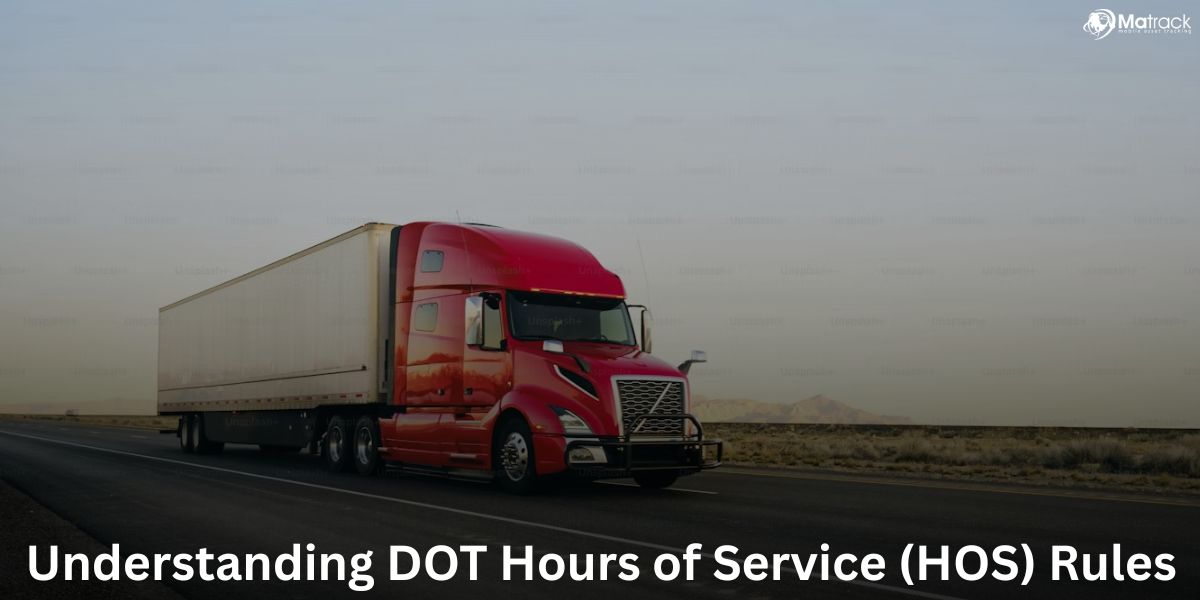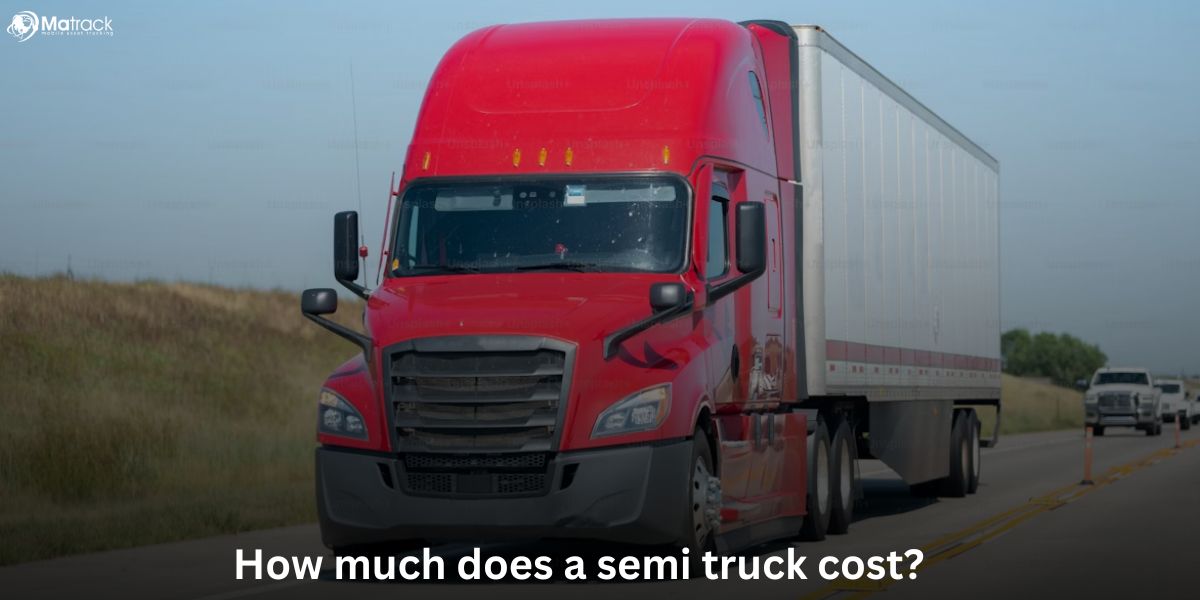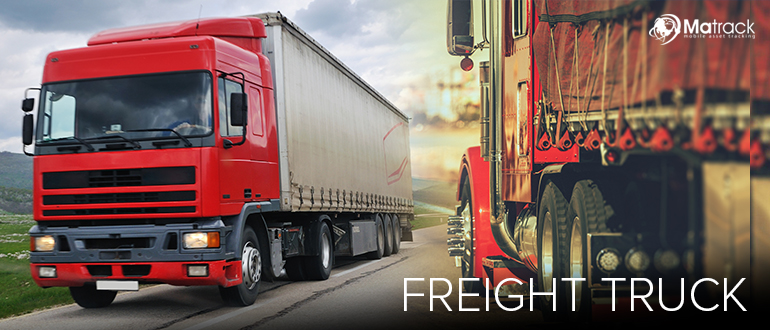Key Takeaways:
- A weigh station is a highway checkpoint where commercial trucks are inspected for weight and safety compliance.
- Trucks over 10,000 pounds or carrying hazardous materials are required to stop at these checkpoints.
- Failing to stop at a weigh station can lead to fines, detainment, or legal penalties.
- Matrack ELD helps drivers stay compliant by tracking HOS, safety logs, and inspection readiness.
What is a Weigh station?
A weigh station is a checkpoint along the highway where commercial trucks are stopped to be weighed and inspected. The goal is to make sure trucks aren’t carrying more weight than allowed and are following federal transportation laws.
These stations are managed by the Department of Transportation (DOT) or state police, who check a truck’s weight, safety gear, and required documents. This helps protect the roads and keeps everyone safer on the highway.
Weigh stations are usually found on highways near state borders, at ports of entry, along busy interstates, and close to major logistics centers. These spots are picked to monitor incoming traffic and keep freight movement within legal weight limits.
How Do Weigh Stations Work?
Weigh-In-Motion (WIM) Technology
Modern weigh stations use weigh-in-motion systems, sensors placed in the road before the checkpoint. These sensors measure a truck’s weight while it’s moving, allowing trucks within legal limits to continue without stopping.
Static Weighing
Trucks flagged by the system must pull onto a static scale at the station. The scale checks gross vehicle weight (GVW), axle weight, and how the load is distributed across the vehicle.
Inspection Process
Beyond weight checks, officers carry out safety and compliance inspections, which may include:
- Checking driver licenses and registrations
- Reviewing log books or ELD devices
- Verifying cargo documentation and permits
- DOT inspection—which includes brakes, lights, and overall vehicle condition
Penalties and Detainment
If violations are found:
- Fines are issued for exceeding weight limits or breaking safety rules
- Trucks may be held at the station until all violations are fixed
- Repeated violations can lead to heavier penalties, including license suspension or legal action
What Are Weigh Stations For?
The purpose of weigh stations is to improve road safety by identifying trucks that pose risks due to excess weight or poor vehicle condition. These highway checkpoints keep dangerous commercial vehicles off the road before they cause harm.
They help prevent:
- Brake failure caused by overloaded axles
- Tire issues such as low tread depth or damage from uneven load distribution
- Steering problems that reduce driver control
- Road crashes linked to mechanical issues
By stopping unsafe freight at controlled points, weigh stations reduce highway risks for all road users.
What Are Legal Weight Limits?
Federal Guidelines
The maximum gross vehicle weight limit is 80,000 pounds under federal law, distributed as:
- 20,000 pounds per single axle
- 34,000 pounds per tandem axle
State-Specific Limits
States have slight variations, often allowing:
- Higher limits with special permits
- Seasonal variations due to weather conditions
- Bridge formula applications for weight distribution
Who Has to Stop at Weigh Station?
Trucks that weigh over 10,000 pounds or carry hazardous materials must stop at every weigh station. Some commercial fleets may also be required to stop if signs on the road say so.
Passenger cars, small vans used for business, and emergency or government vehicles don’t need to stop. These types of vehicles are exempt from weigh station rules.
What Happens if You Don’t Stop At a Weigh Station?
If a truck driver doesn’t stop at a required weigh station, it’s considered a violation of traffic laws. This can lead to fines, tickets, or being pulled over by law enforcement.
In some cases, the truck may be forced to return to the weigh station or be taken out of service. Repeat violations can lead to harsher penalties, including license suspension.
What is a Weigh Station Bypass?
Weigh station bypass is a system that lets approved trucks skip stopping at certain weigh stations. It uses electronic tools to check a truck’s weight, safety record, and credentials while it’s moving.
If the truck meets all requirements, the driver gets a signal to keep going without stopping. This saves time, reduces delays, and keeps traffic moving smoothly on busy routes.
Stay Compliant at Weigh Stations with Matrack ELD
Matrack ELD keeps your truck ready for weigh stations by tracking hours, violations, and safety logs in real time. This helps avoid surprise issues and ensures your records are always up to date before inspection.
When you stop at a weigh station, DOT officers can view your logs instantly using the built-in DOT Inspection Mode. You don’t need paper logs or extra tools, everything is accessible through the driver’s device.
The system sends alerts when you’re close to HOS limits or safety violations, so you can fix them before reaching a checkpoint. With Matrack, you reduce the risk of fines, delays, and being taken out of service.



